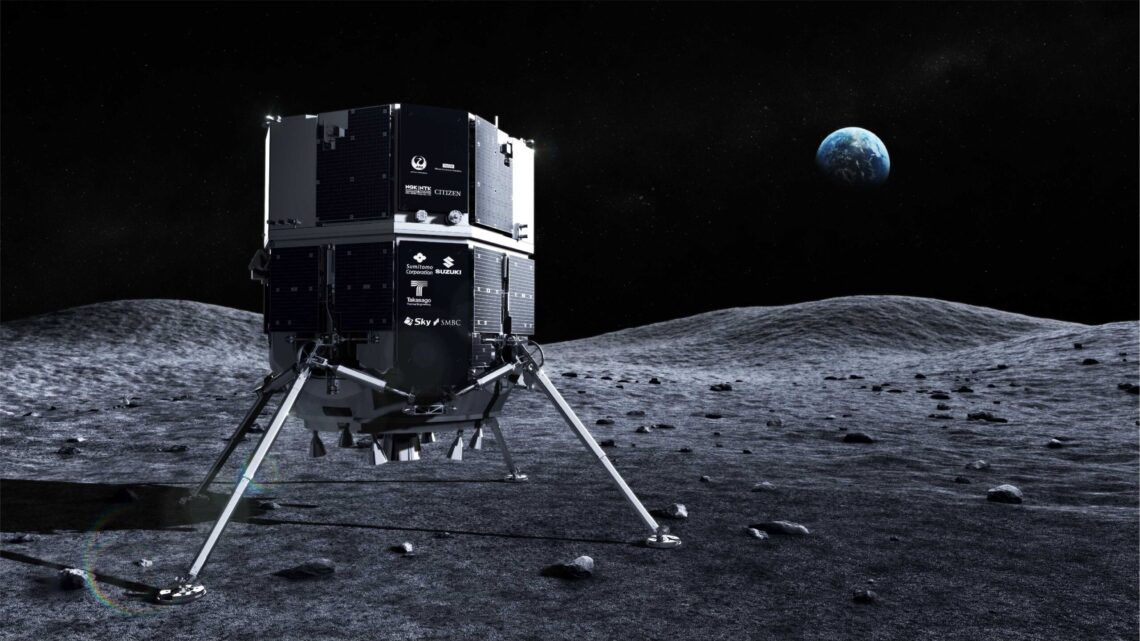WASHINGTON — An agreement between the United States and Japan on contributions for the Artemis lunar exploration campaign could create additional opportunities for a Japanese lunar lander developer.
Tokyo-based ispace cited the April 10 agreement between NASA and the Japanese government regarding roles in Artemis as a potential new market for the company. Under the agreement, the Japanese space agency JAXA will provide a pressurized rover for Artemis mission starting in the early 2030s, with NASA includes two seats on Artemis landing missions for JAXA astronauts.
“We believe that the Japan-U.S. agreement on the Artemis program, made in April of this year, created a quite positive business environment for us to work with and contribute to the governments of the various countries,” Takeshi Hakamada, chief executive of ispace, said in a May 10 earnings call about the company’s financial results for the fiscal year ending in March 2024.
He argued that the agreement would create demand for the kinds of small robotic lunar landers that ispace is developing. “A number of scientific exploration and technology demonstration missions using small landers will most likely be required,” he said. “Once manned missions begin, supplementary missions using small landers will also be necessary.”
He acknowledged later in the call that it was too early to estimate how big this demand for additional landers might be from Japan. He noted that the Japanese government plans to invest one trillion yen ($6.4 billion) over 10 years in the country’s commercial space sector. “We assume a large, significant portion of the funding will be allocated to lunar-related activities in the future,” he said.
The company is currently working on three landers in Japan and the United States. Its Mission 2, or M2, lander, a copy of the HAKUTO-R M1 lander that crashed attempting a landing in April 2023, is nearing completion. It is scheduled to launch on a…
Read the full article here

